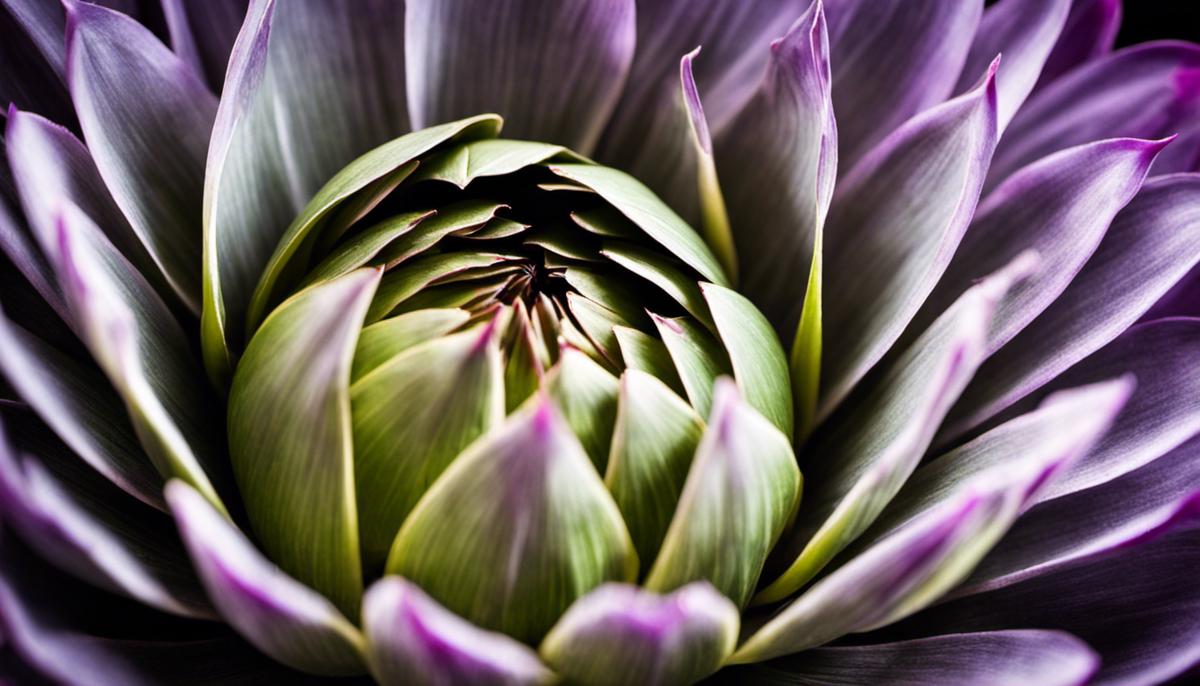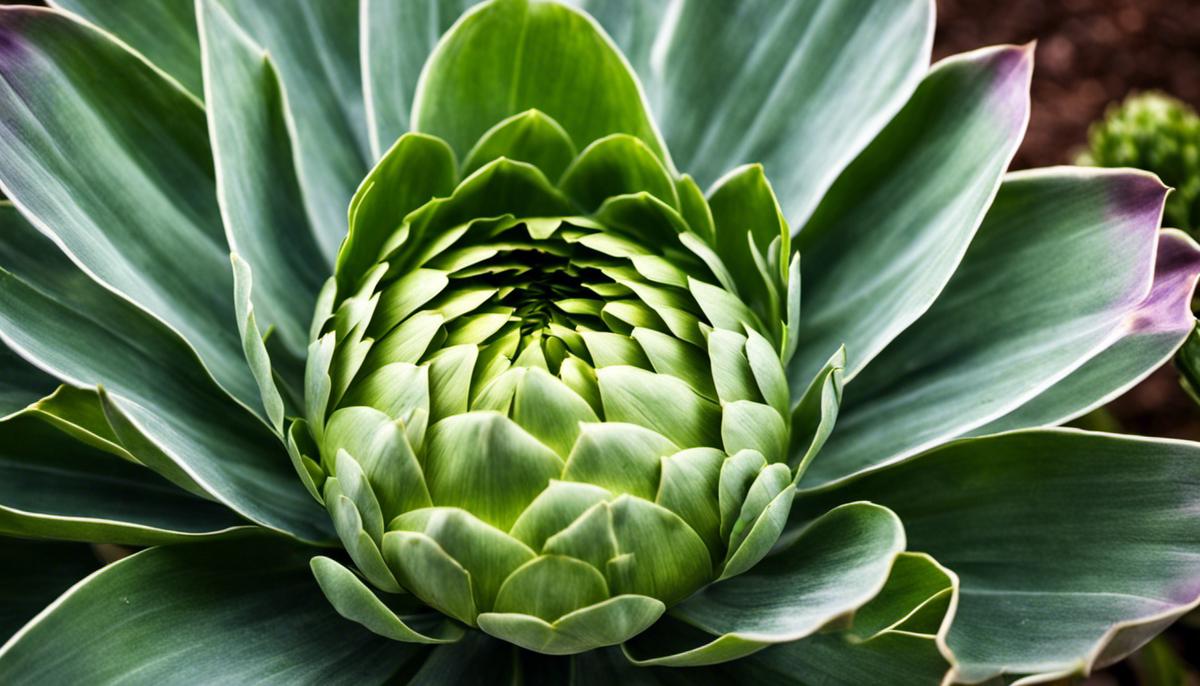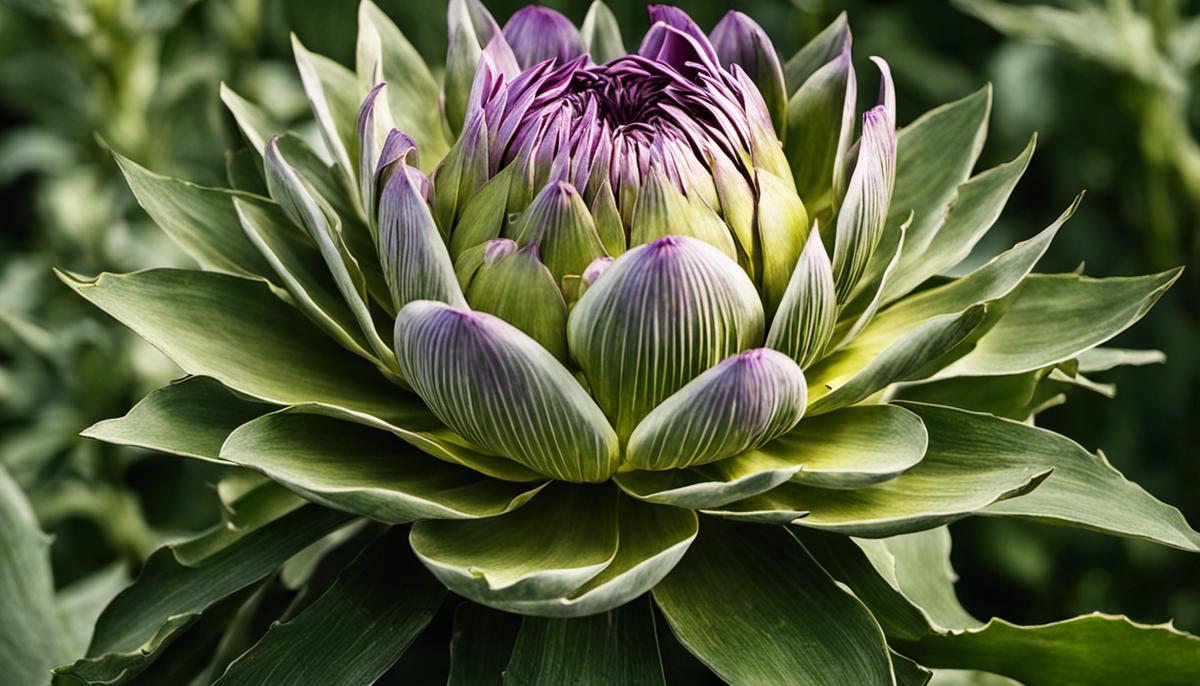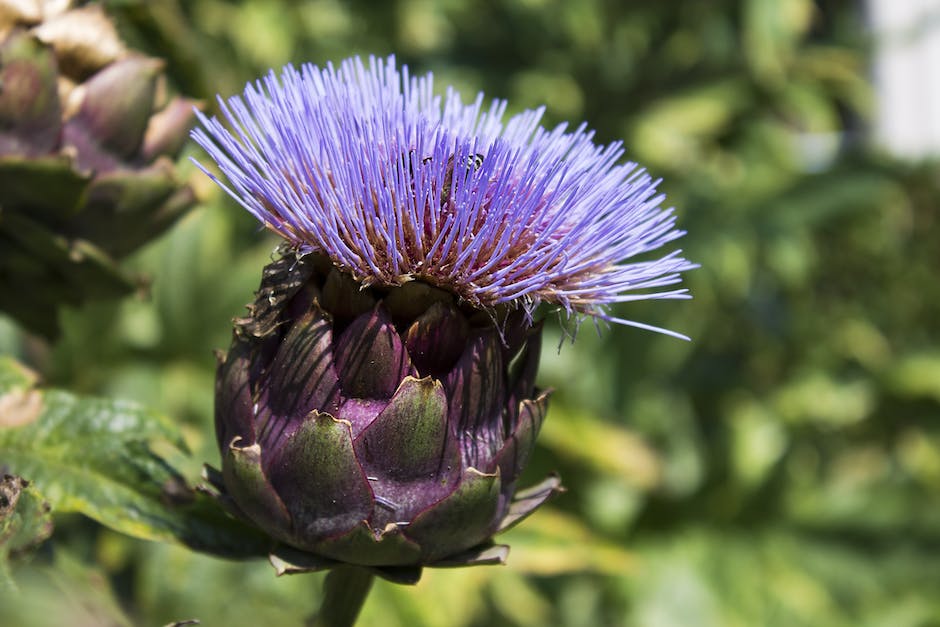Artichoke is a unique and nutritious plant, that has a rich history and myriad of growth characteristics that make it a fascinating subject. Delving into its origins, nutritional values, general characteristics, how tall do artichokes grow, and the optimal conditions it requires to thrive, one can appreciate the inherent complexities and intriguing aspects of this plant.
A deep dive into its growth stages all the way from germination to the flowering stage, reveals a complex process intricately influenced by multiple variables. But perhaps a particularly intriguing aspect of artichoke plants is their height, which can vary widely under different conditions.
How tall do Artichokes Grow
Overview: The Artichoke Plant
The artichoke, more formally known as Cynara scolymus, originally hails from the Mediterranean region and is a member of the thistle family. If grown in optimal conditions, an artichoke plant can soar upwards to a height of 3 to 4 feet, with some even reaching a staggering 6 feet.
The growth height depends significantly on the variety of the artichoke and the upkeep of the plant; this includes providing them with well-draining soil and full sun exposure for optimal growth.
Artichokes are most well-known for their flowers and edible buds. The buds, which are harvested before flowering, are characterized by several layers of firm, triangular leaves, with a fleshy lower section that is commonly consumed.
Apart from their culinary uses, artichokes are also loaded with antioxidants and dietary fiber, contributing to their overall nutritional value. The plant itself is deemed hardy and perennial, with the ability to thrive in various climates, making it quite versatile for growth.
Artichoke Growth Specifics: Conditions and Characteristics
While unique characteristics mark each variety of artichoke, they all share a common growth pattern. Typically, artichokes start flourishing from the second year on, when their buds are ripe for harvest. In its first year, the focus is primarily on root development, and the plant only reaches about half its eventual size.
Providing a nurturing environment—including abundant sun, soil with good drainage, regular fertilizing, and consistent watering—can significantly enhance an artichoke plant’s growth rate. A healthy growth cycle is further ensured by taking steps to prevent disease and control pests.
The artichoke plant features a broad spread of thick, deeply lobed leaves, spanning about 4 feet. This helps create the plant’s robust, bushy appearance. The size and spread of the artichoke plant allow it to serve a dual purpose—providing food and adding aesthetic value to any garden.

Growing Conditions for Artichokes
Ideal Artichoke Growing Conditions
Typically, artichokes thrive best in climate conditions mirroring those of Mediterranean regions—cool, damp winters followed by hot, dry summers. Despite this preference, these perennial plants prove quite adaptable and can grow in a variety of climates, although the yield may not be as bountiful outside their ideal conditions.
When planted in suitable conditions and given the necessary space, artichokes can attain heights (and widths) of 3 to 4 feet.
Soil and Sunlight Requirements
Artichokes flourish in well-drained soil with a pH level between 6.0-7.5 and require full sunlight exposure. While they are resilient and can adjust to many different types of soil conditions, well-aerated sandy or loamy soils are regarded as most optimal for artichoke growth.
Considering the sunlight requirement, they should be planted in an area where they will receive full sun for a minimum of six hours each day, but with some protection from the intense afternoon sun. Full sunlight conditions can promote greater growth and can that way contribute to the plant reaching its top height.
Watering and Fertilization
A crucial aspect of growing artichokes involves optimal watering and fertilization. These plants demand consistent and deep watering, particularly in dry periods. Over-watering or inadequate drainage can result in root rot, affecting the overall health and growth of the plant.
It should be noted that artichokes are heavy feeders, therefore, nutrient-rich soil is a plus. Regular and ample fertilization during the growing period thus aids in fostering sturdy growth, which ultimately influences how tall the plant will become.

Stages of Artichoke Growth
Artichoke Growth
Artichokes are classified as perennial plants, possessing the capacity to reach from three to four feet in height and nearly the equivalent in width. These dimensions elucidate that these thistle-like plants are rather sizable, necessitating a considerable plot of land for growth.
Artichokes are appreciated not only for their impressive stature but also for their intricate and delectable flower buds that morph into quite large heads.
Germination Stage
In the first stage of growth, germination, the seedlings of the artichoke are nurtured until they are ready to be transplanted into the ground. This can take anywhere from 8 to 10 weeks. Once transplanted, the plants begin to grow steadily and in the right conditions, they can grow up to six inches per week.
By week 12, the plants should have achieved their maximum height of around three to four feet. However, not all plants will reach this height, with some only growing to around two feet tall.
Artichoke Plant Growth and Flowering Stage
In their second year of growth, during the flowering phase, artichoke plants notably develop their distinctive buds. These buds emerge from tall stalks that sprout out of the plant’s center. The growth of these stalks, sometimes reaching up to six feet, significantly adds to the plant’s overall height.
For the buds to retain their edibility, they must be harvested before fully blooming. Throughout spring until fall, the plant continues to produce buds, after which, the growth decelerates as the plant readies itself for winter dormancy. Then, as spring arrives again, the growth cycle recommences.

Height of Artichoke Plants
Height of the Artichoke Plant: Understanding its Growth Pattern
Artichokes, known scientifically as Cynara scolymus, are perennials capable of reaching significant heights when nurtured in the perfect growing environment. Usually, the height of these plants varies between 3 to 6 feet.
However, in optimal conditions, they might even exceed this average height, pushing boundaries to grow around 7 feet tall or even more.
Factors Influencing Artichoke Growth
Many variables can influence the height an artichoke plant might reach. These variables include the specific variety of the artichoke, the climate in which it is grown, and the quality of care it receives.
For instance, Imperial Star and Green Globe are commonly grown varieties that typically reach a height of 3 to 4 feet. The optimal growing conditions for artichokes include plenty of sunlight; fertile, well-drained soil; and moderate watering.
In very fertile soil, and when properly maintained, the artichoke plants can grow taller than their average height. On the contrary, if they are grown in poor soil without careful maintenance, they are likely to stay at the lower end of their height scale.
Another significant factor affecting their growth is climate. They thrive best in regions with mild winters and cool, foggy summers, which is why they’re a common sight in coastal climates like those found in California.

After understanding the complexities of artichoke growth patterns, it can be concluded that nurturing these unique plants requires a careful balancing act of various environmental factors. From soil type to sunlight exposure, each aspect plays a crucial role in the growth process.
Furthermore, the variable height of artichoke plants, reaching impressive measurements under optimal conditions, is a notable characteristic that demands reflection, offering a deeper insight into this endearing plant’s existence.
How many artichokes do you get from one plant?
The number of artichokes you can get from a single plant can vary based on several factors, including the plant’s age, size, health, growing conditions, and the specific variety of artichokes. In general, a mature and healthy artichoke plant can produce multiple edible buds, which are harvested before they flower.
On average, a well-maintained artichoke plant might produce around 5 to 10 edible buds per growing season. However, some established plants under optimal conditions might yield even more.
It’s important to note that not all buds on a plant will develop into large, fully-formed artichokes. Some smaller side shoots might also be harvested and enjoyed.
Regular pruning and care can encourage the production of more artichokes. Additionally, some varieties of artichokes are known for their higher yields, while others might produce fewer buds.
If you’re looking to maximize the number of artichokes in your plants, make sure to provide them with proper care, including adequate watering, fertilization, and protection from pests and diseases.
How do you know when an artichoke is ready to pick?
An artichoke is ready to be harvested when the bud is plump, and firm, and the scales are tightly closed. Here are some key indicators to help you determine when an artichoke is at its prime for picking:
Size: A mature artichoke is usually about 3 to 5 inches in diameter. The bud should feel substantial and heavy in your hand.
Tightness of Scales: The scales (the leaf-like structures that make up the bud) should be tightly closed, protecting the inner heart. If the scales start to open and spread out, the artichoke might be past its prime.
Firmness: Gently squeeze the artichoke. It should feel firm and not too soft. If the bud feels squishy or gives easily, it might be overripe.
Color: The color of the artichoke can vary depending on the variety, but in general, look for a deep green color. Some purple or red varieties will show those hues when they’re ready. Avoid artichokes that are brown, dry, or have significant discoloration.
Spacing: If you notice that the outer scales are starting to spread out or curl upwards, this can be a sign that the artichoke is starting to open and flower. It’s best to harvest before this stage to enjoy the tender heart.
Harvest Time: Depending on your location and climate, artichokes can be ready for harvest anywhere from late spring to early summer. The exact timing can vary, so keep an eye on your plants and the development of the buds.
To harvest an artichoke, use a sharp knife or shears to cut the stem about 1-2 inches below the base of the bud. You want to include some of the stems, as this can be edible as well. After harvesting, you can immediately cook and enjoy the artichoke, as they are best when fresh. If you’re not planning to eat them right away, store them in the refrigerator to maintain their freshness.






